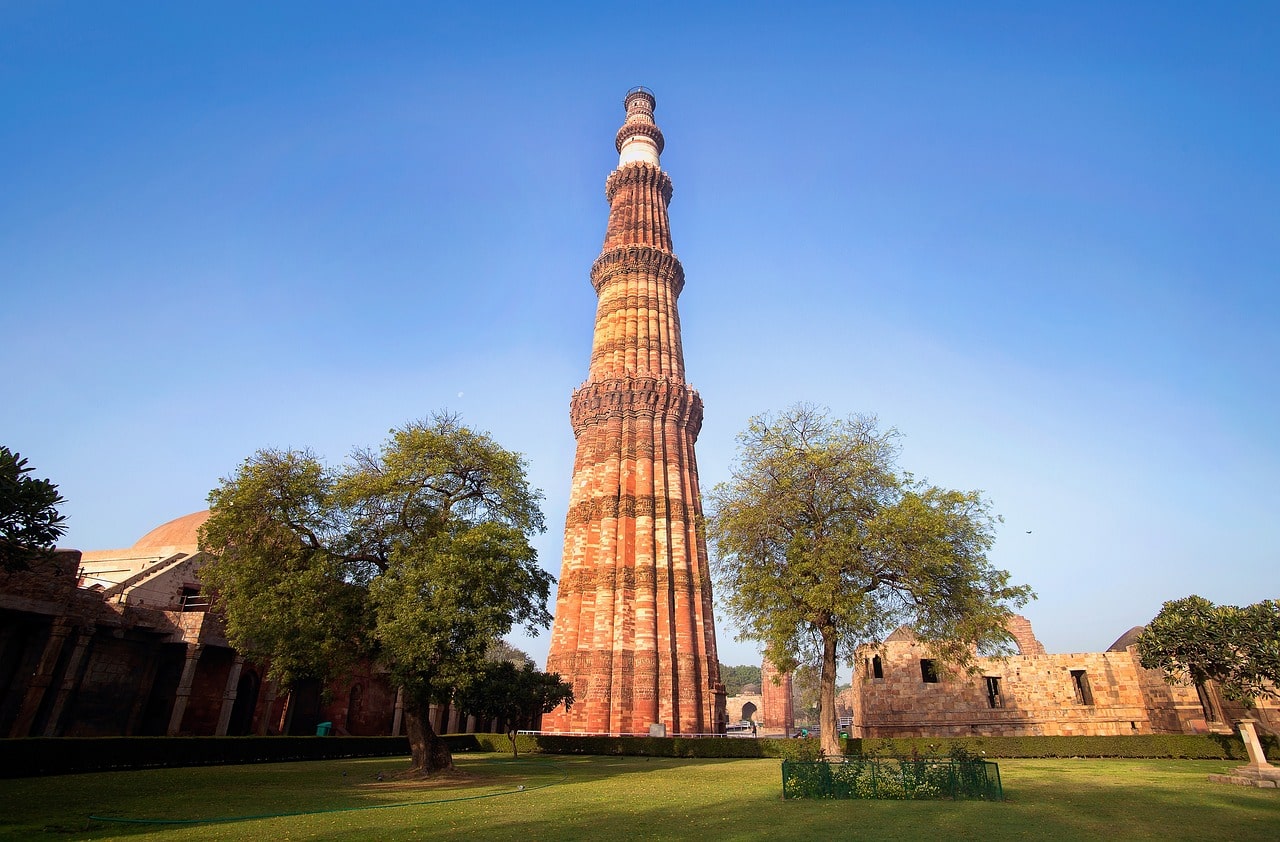For visiting the Qutub Minar in Delhi, India, the ticket prices are as follows:
- Indian Nationals:
- Adults: INR 40 per person
- Children (up to 15 years old): Free entry
- Foreign Nationals:
- Adults: INR 600 per person
- Children (up to 15 years old): INR 300 per person
These ticket prices are as of my last update, but they are subject to change, so it’s advisable to check with the authorities or visit the official website for the most up-to-date information before planning your visit. Additionally, there might be additional charges for camera fees or other facilities within the premises.
Explore Best Places to Visit in Delhi.
The Qutab Minar One of best places to visit in Delhi
It is very curious to understand that why some persons , places and building acquire enormous footage and publicity. Like the human beings have the destiny, the buildings have their fate also which even the constructors of that building do not know while they are working on the architecture details. There are numerous beautiful buildings in Paris but it the Eiffel Tower which is most widely talked and has acquired the status of the Paris landmark. What is London Tower to London, what is statue of Liberty to New York and what is Tower Of Pisa to Italy, Qutub Minar which is a UNESCO World Heritage Site acquires the same prestige and glory of being the best accepted landmark of capital of India – Delhi.
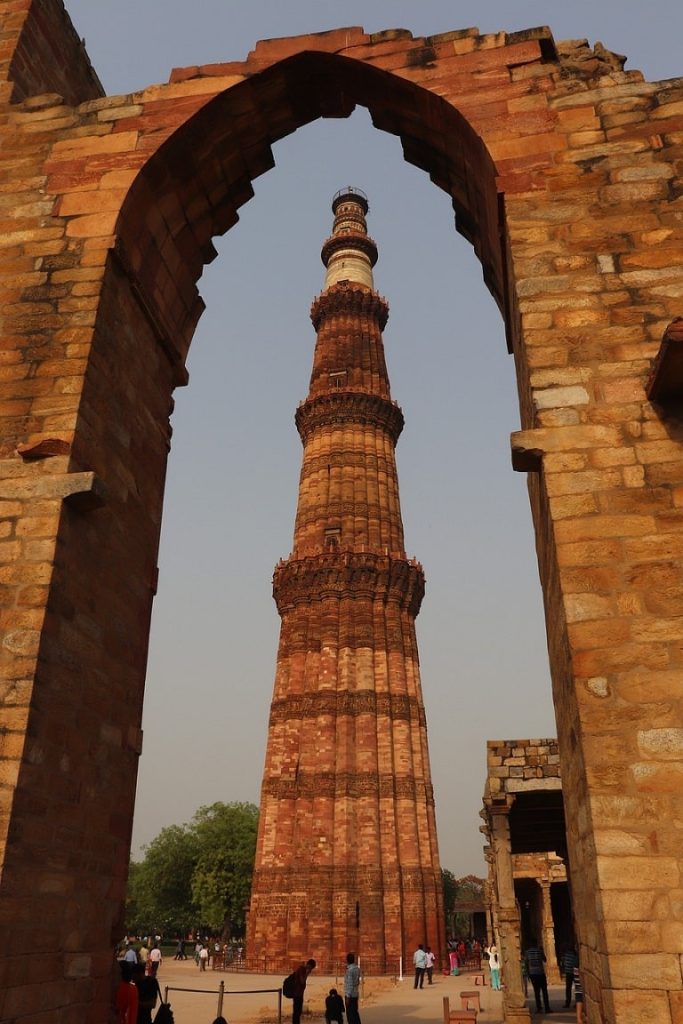
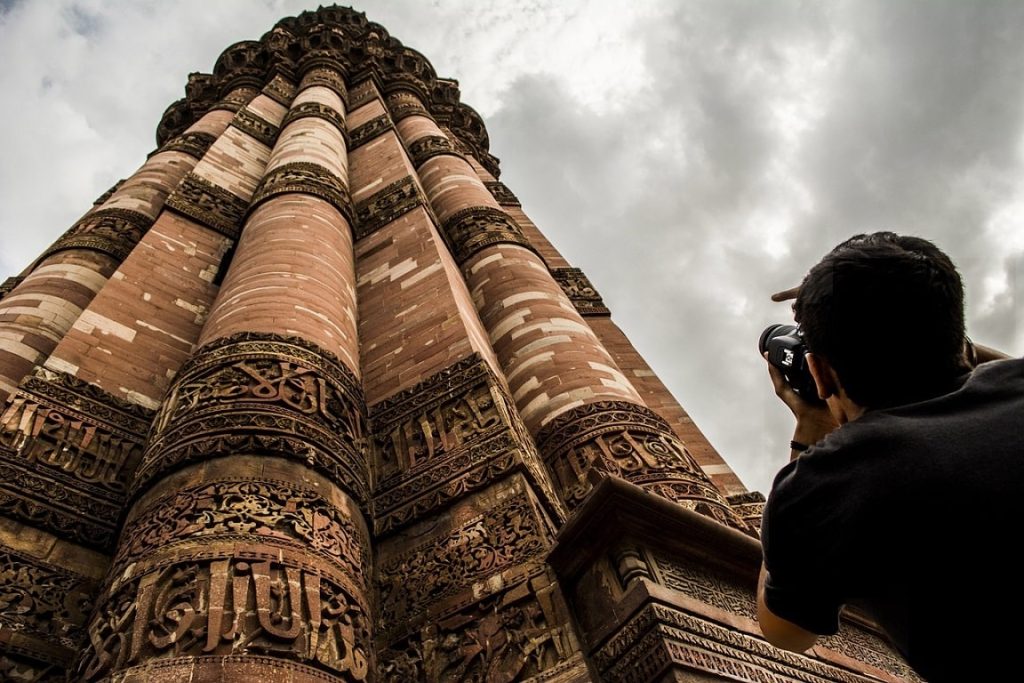
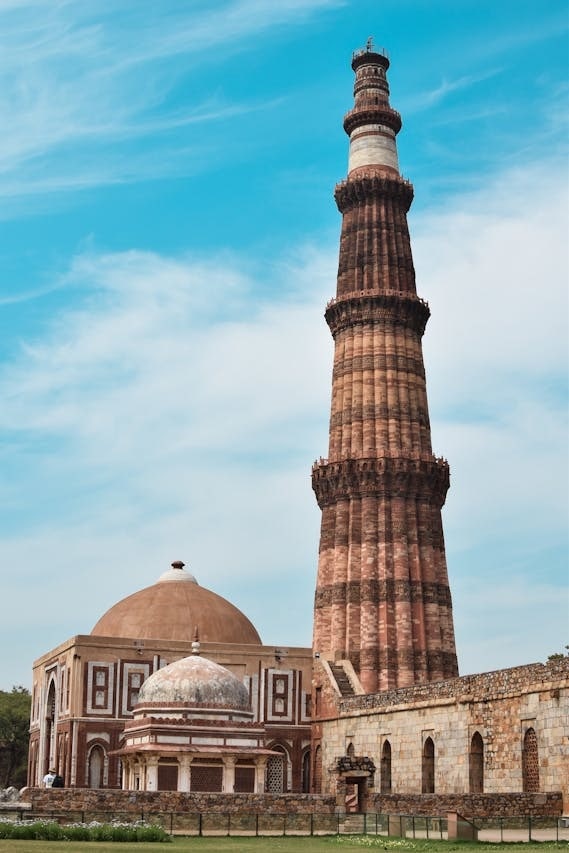
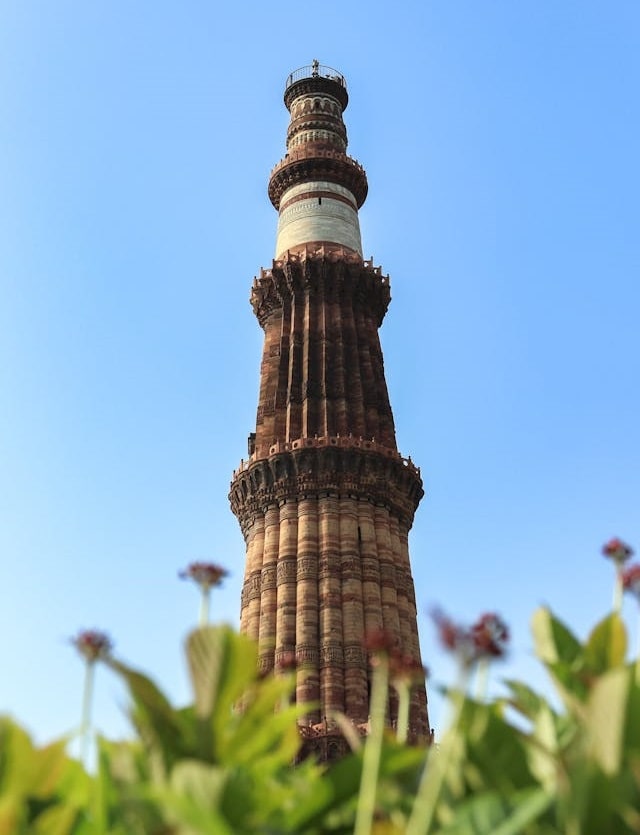
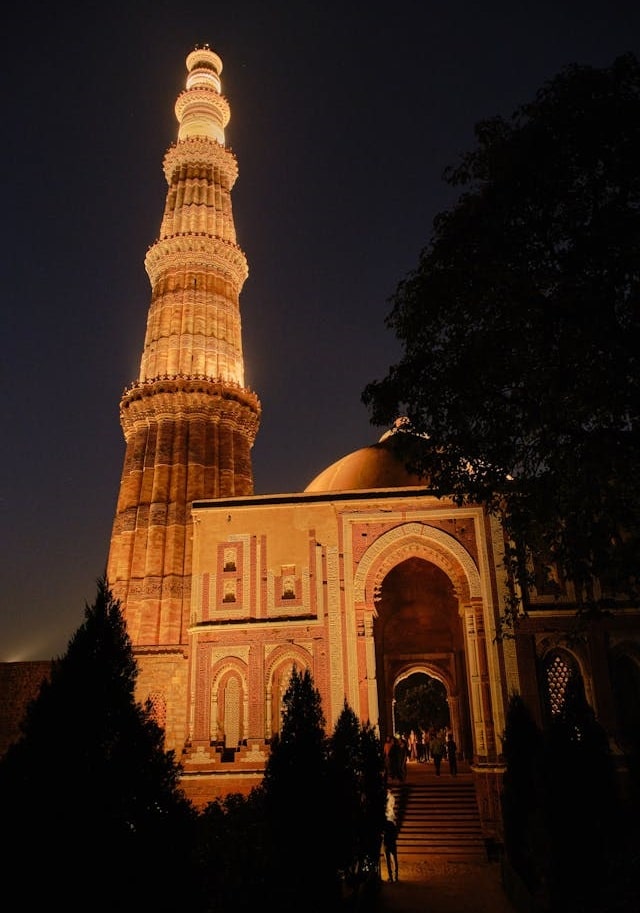
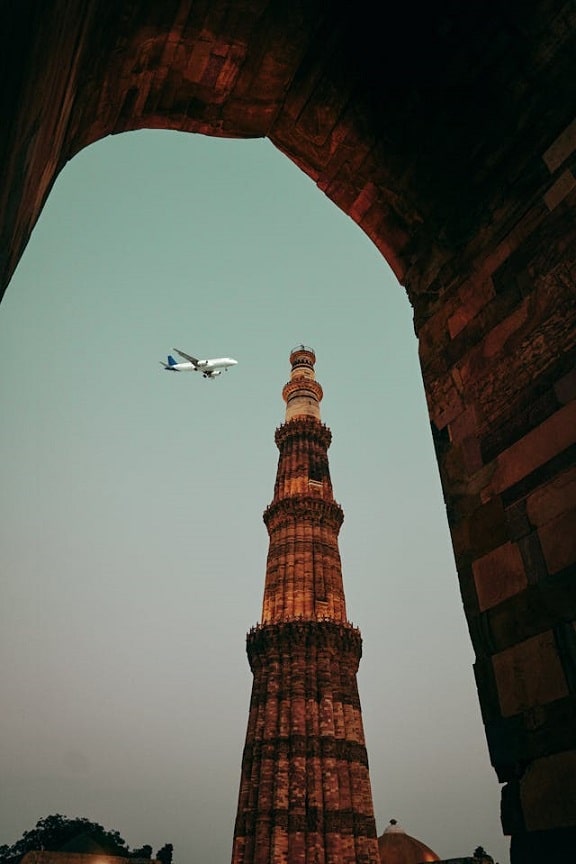
History – Qutub Minar in Delhi
Qutub Minar is a UNESCO World Heritage Site located in Delhi, India. It is one of the most iconic landmarks in the city and a prime example of Indo-Islamic architecture. The minaret stands at a height of 73 meters (240 feet) and consists of five distinct stories, each adorned with intricate carvings and inscriptions from the Quran. Construction of the Qutub Minar began in 1192 by Qutb-ud-din Aibak and was completed by his successor, Iltutmish. The surrounding complex also includes several other notable structures, such as the Quwwat-ul-Islam Mosque, the Iron Pillar of Delhi, and the Alai Darwaza. Qutub Minar is not only a historical marvel but also a symbol of Delhi’s rich cultural heritage, attracting visitors from around the world to marvel at its beauty and grandeur.
Qutub Minar Delhi – Travel Guide
Be it any travel guide, magazine or travel initerary, Qutub Minar always finds a unique place. Qutub Minar is a minaret the construction of which dated back to the year 1192 and the construction was ordered by Qutub –ud-din Aibak who was the first ruler of Delhi. Under his rule, only the first story of the Minar could be completed and after his death in the year 1210, his successor Iltutmish added three more stories and due to a lightning strike, the top most story was destroyed and was then repaired together with an additional story added. So at present there are five stories in the Qutub Minar. The Minar’s architecture is that of an Iranian structure and different verses in Arabic and Persian have been inscribed on the walls. The entire structure is made from the famous Red Sandstone from Bharatpur and Karauli in Rajasthan. Tourists were allowed inside the Qutub Minar until 1981 when a stampede occurred due to light failure in the staircases. Well Qutub Minar is the part of a big complex known as the Qutub Complex and there are other ancient monuments which are worth seeing. The Iron Pillar or Delhi stands in the courtyard of the complex and the constructed by one of the monarchs of the Gupta dynasty around 400 CE. It is an area of great significance for scientists and architects around the world as the pillar has a unique trait which is – it shows high resistance to corrosion and even after a time period of so many years has elapsed!. It is said that if one is able to hug the pillar in a way that both his join together as if he is holding the pillar, it brings him great fortune. Other monuments include the tomb of Iltutmish, the son in law of Qutub – ud-din Aibak, Quwwat-ul-Islam mosque which is one of the first Mosques to have been built in India after the Islamic conquest in India. The mosque is a patchwork fusion of decorative Hindu panels, salvaged from temples around the site.Other sites like Alauddin Khilji’s tomb and Alai Minar are also to be visites.Thousands of tourists visit the Qutub Complex every year and the place is well managed by the Archaeological survey of India.
Explore the market of Chandni Chowk Delhi.
Faqs – Qutub Minar
Qutub Minar is a historical monument located in Delhi, India. It is the tallest brick minaret in the world and is recognized as a UNESCO World Heritage Site. The construction of Qutub Minar began in 1192 by Qutb-ud-din Aibak, the founder of the Delhi Sultanate, and was completed by his successor, Iltutmish. The minaret stands at a height of 73 meters (240 feet) and consists of five distinct stories, each adorned with intricate carvings and inscriptions from the Quran. Surrounding the Qutub Minar is the Qutub Complex, which includes several other historical structures such as the Quwwat-ul-Islam Mosque, the Alai Darwaza, the Iron Pillar of Delhi, and various tombs and ruins. Qutub Minar is not only a symbol of Delhi’s rich architectural heritage but also a significant monument in India’s history, attracting tourists and history enthusiasts from around the world.
Qutub Minar is a historic monument located in Delhi, India. Here are some key facts about it:
Tallest Brick Minaret: Qutub Minar is the tallest brick minaret in the world, standing at a height of 73 meters (240 feet). It is made of red sandstone and marble and is adorned with intricate carvings and verses from the Quran.
Construction: The construction of Qutub Minar was initiated by Qutb-ud-din Aibak, the founder of the Delhi Sultanate, in 1192. It was completed by his successor, Iltutmish, in 1220.
Architectural Style: Qutub Minar is a fine example of Indo-Islamic architecture, blending elements of Persian, Turkish, and Indian architectural styles. It features intricate geometric patterns, Arabic calligraphy, and floral motifs.
Historical Significance: The Qutub Minar complex is home to several other historic structures, including the Quwwat-ul-Islam Mosque, the Alai Darwaza, the Iron Pillar of Delhi, and various tombs and ruins. It is recognized as a UNESCO World Heritage Site.
Iron Pillar: Within the Qutub Minar complex stands the Iron Pillar of Delhi, an ancient iron pillar dating back to the Gupta Empire (4th-5th century AD). It is notable for its resistance to corrosion despite its age.
Visitors: Qutub Minar is a popular tourist attraction and receives thousands of visitors each year. Visitors can climb up the spiral staircase inside the minaret to enjoy panoramic views of Delhi.
Overall, Qutub Minar is not only a remarkable architectural marvel but also a significant symbol of India’s rich history and cultural heritage.
The history of Qutub Minar dates back to the 12th century when it was commissioned by Qutb-ud-din Aibak, the first ruler of the Delhi Sultanate, after he defeated the last Hindu kingdom in Delhi. Construction of the minaret began in 1192 and continued under Aibak’s successor, Iltutmish, who completed the first three stories. The construction of the remaining stories and the balconies was undertaken by subsequent rulers.
Originally built as a symbol of Muslim dominance and power in India, Qutub Minar served various purposes over the centuries. It was used as a tower of victory, a call to prayer, and even as a watchtower to monitor enemy movements. The minaret was also damaged several times due to earthquakes and lightning strikes, leading to restoration efforts by different rulers and later by the British during the colonial period.
Qutub Minar stands as a testament to the architectural prowess of the medieval period, blending elements of Persian, Turkish, and Indian architectural styles. It is adorned with intricate carvings, verses from the Quran, and decorative motifs, making it a fine example of Indo-Islamic architecture.
Today, Qutub Minar is not only a UNESCO World Heritage Site but also a symbol of India’s rich cultural heritage and a popular tourist attraction, attracting visitors from around the world to marvel at its beauty and historical significance.
The architectural style of Qutub Minar is predominantly Indo-Islamic, characterized by a blend of Persian, Turkish, and Indian architectural elements. The minaret exhibits features typical of Islamic architecture, such as its tall, tapering structure, intricate geometric patterns, and decorative calligraphy. However, it also incorporates elements of Indian architecture, including elaborate carvings, motifs, and floral designs, reflecting the cultural synthesis that occurred during the medieval period in India.
Qutub Minar’s construction materials, primarily red sandstone and marble, are commonly used in Islamic architecture, while its ornate carvings and inscriptions showcase the artistic influences of the Indian subcontinent. The minaret’s distinct balconies, projecting cornices, and fluted shafts further contribute to its unique architectural style, making it a remarkable example of the architectural fusion that characterized the Delhi Sultanate era.
The Qutub Minar complex in Delhi, India, is generally open to visitors from sunrise to sunset every day, including weekends and public holidays. However, it’s always a good idea to double-check the opening hours before planning your visit, as they may vary depending on factors such as maintenance or special events. Additionally, during certain times of the year, such as festivals or religious holidays, there may be specific visiting hours or restrictions in place. It’s advisable to check the official website or contact the authorities for the most accurate and up-to-date information regarding the opening hours of Qutub Minar.

